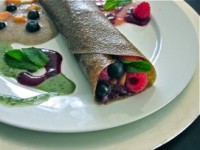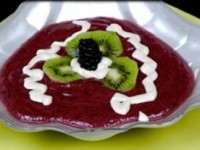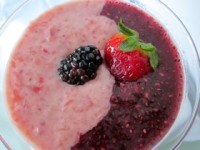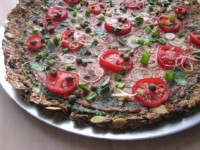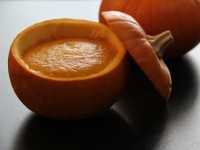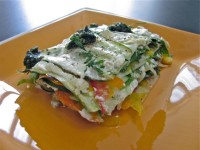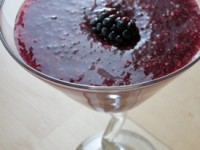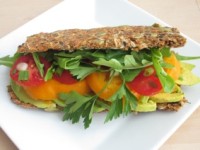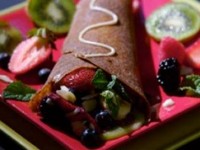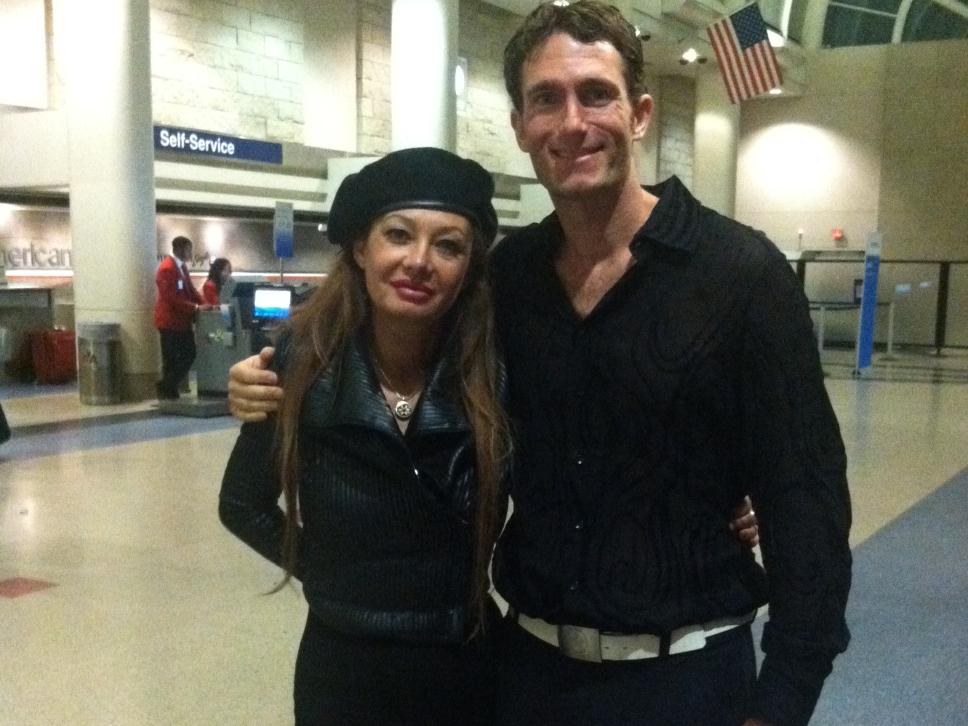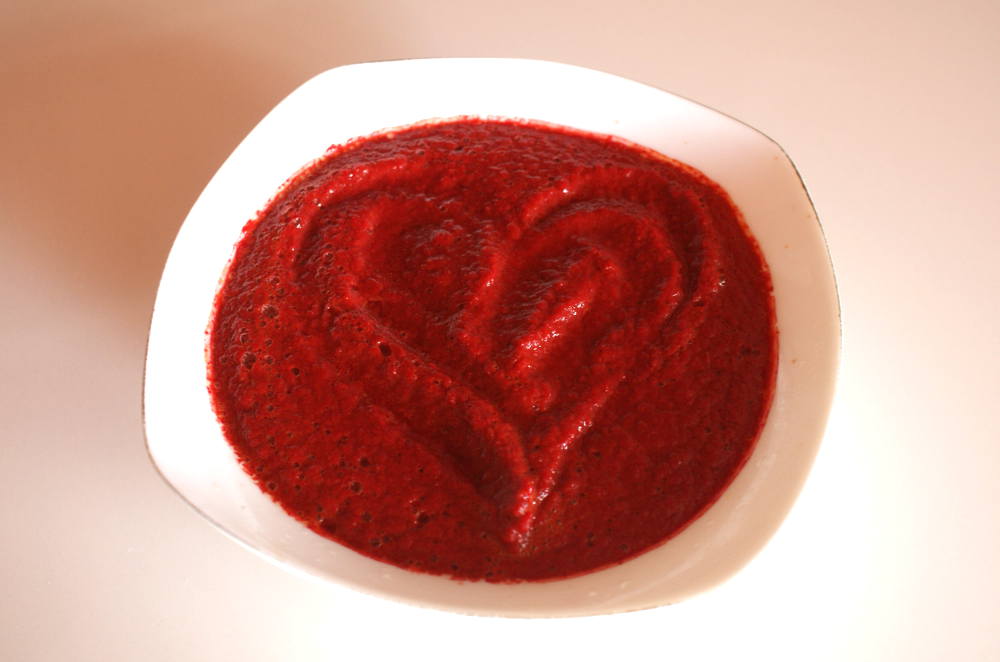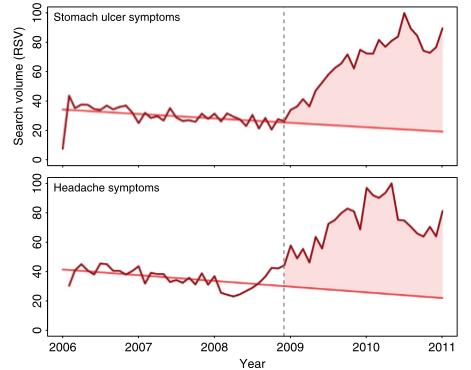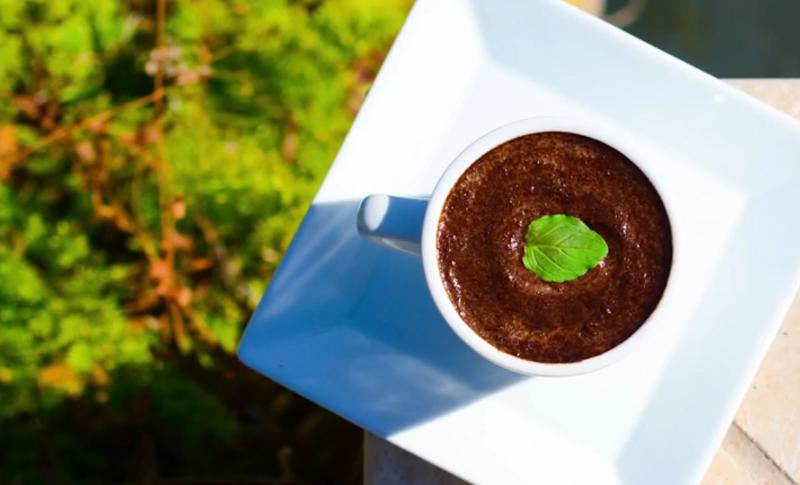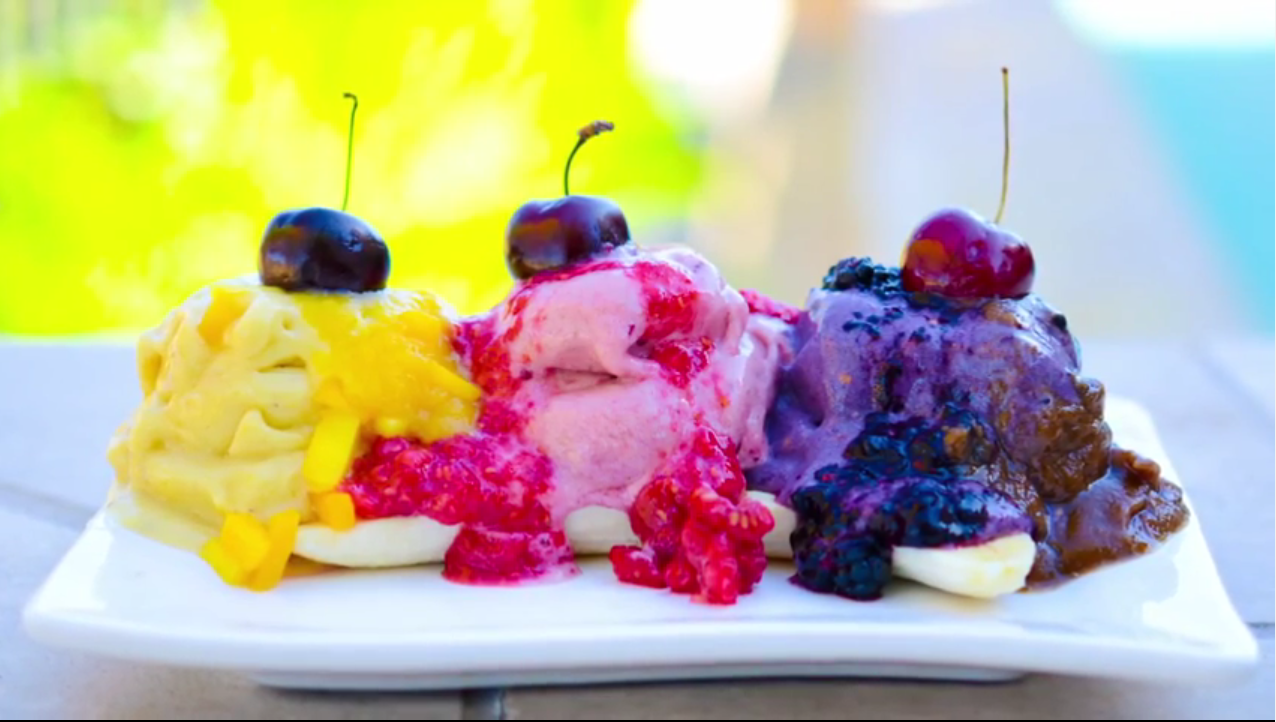Cacao –Food of the Gods
Cacao is among the most famous plants on Earth. Its name comes from the Greek, and means “food of the gods”. Cacao was used and cultivated by ancient Central American indigenous tribes such as the Mayas, Aztecs and Kunas as currency. Their abundant gold was used as a mere decoration as it could not be as valuable as that which produced health.
Modern scientists are re-discovering the many medicinal uses of antioxidant-rich cacao, including its ability to fight cancer, heart disease, type 2 diabetes and depression, while stimulating cognitive function, improving memory and intelligence.
Cacao, and Natural Chocolate
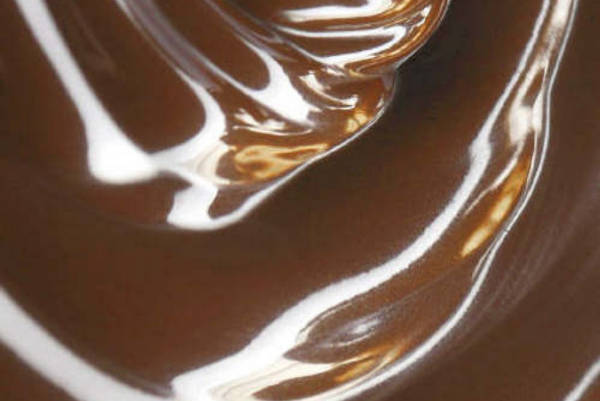
Cacao is the most important component in the production of chocolate. While commercial chocolates often contain copious amounts of sugar, cow milk and other addictive and toxic substances, it is certainly possible to produce a high quality chocolate using only healthy ingredients like cacao, coconut, and a natural sweetener like stevia, honey or maple syrup.
Health Benefits of Cacao and Chocolate
A 2012 study published in the New England Journal of Medicine found a “close, significant linear correlation between chocolate consumption per capita and the number of Nobel laureates”. (1)
Other recent studies have shown a positive effect on cholesterol, cough, weight loss, eczema, heart disease, high blood pressure and skin care.
In my wellness center, several female clients reported an absence of PMS symptoms following a chocolate therapy administered prior to the expected onset of the monthly symptoms. This chocolate therapy consisted of painting dark chocolate sauce on the patient from head to toe, allowing the skin to absorb the nutrients, as well as inhalation of the chocolate aroma, and a small amount of this same chocolate mixture was consumed.
Chocolate has long been considered an aphrodisiac and a mood-enhancer. Raw cacao stimulates the production of endorphins, dopamine, and serotonin, important neurotransmitters that block pain while creating pleasure and relaxation. Endorphins are our natural pain relievers; when pain suddenly disappears, a feeling of euphoria takes its place. Dopamine produces a feeling of joy with heightened focus and attention. Serotonin is our natural anti-depressant and it is important for relaxation and sleep. Each of these neurotransmitters are needed for good physical and mental health. Higher-than-normal levels of these neurotransmitters is likely to produce a feeling of intense pleasure and euphoria.
Interestingly, when forced to choose between chocolate and sex, 22 percent of women said they’d prefer chocolate. A survey of 2000 people found that alcohol, chocolate and sex were the three most difficult things to forgo. (2)
It is important to keep both sides of this coin in proper perspective. While decreasing pain and increasing both pleasure and relaxation are normally welcomed benefits, relying on any one nutrient to stimulate these natural functions can lead to addiction and unpleasant withdrawal symptoms if consumption ceases. In other words, cacao may be considered a medicine, and it is important to regulate the dosage. An excess external stimulation may cause the body to under-produce on its own, which would explain the withdrawal symptoms.
The Chicago Sun Times reported that people who suffer extreme depression have an irregular production of phenylethylamine or PEA, an amphetamine that stimulates dopamine receptors and increases mental alertness, pulse, blood pressure and blood sugar levels. When we fall in love, our brain naturally releases phenylethlamine, producing so much pleasure that it can be addictive. The heartbroken may self-medicate by binging on chocolate since chocolate is high in phenylethylamine.
Theophylline is a stimulant of the heart and central nervous system, relaxes the bronchial smooth muscles, and may be effective in preventing and treating apnea in premature infancy.
Anandamide is an endocannabinoid. Endocannabinoids occur naturally in the brain, but are most concentrated in the cannabis plant, and to a much lesser extent in cacao.
The Raw Cacao Fruit
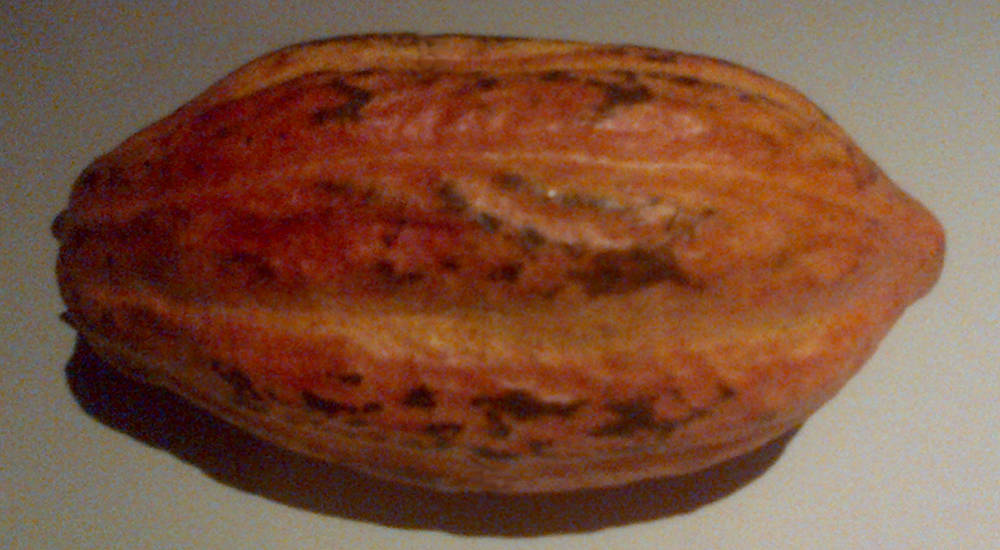
Pictured above is an entire cacao pod, which grows directly from the trunk of a tree in Central America.
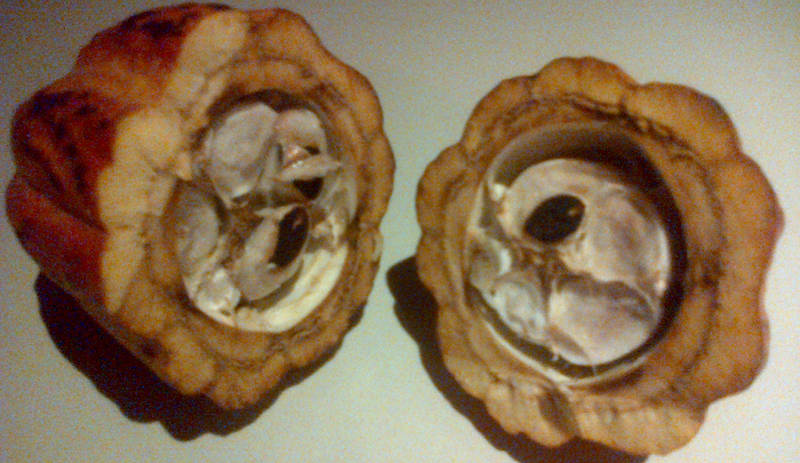
The picture above shows the cacao pod sliced in half, revealing the seeds covered in a sweet gooey white gel.
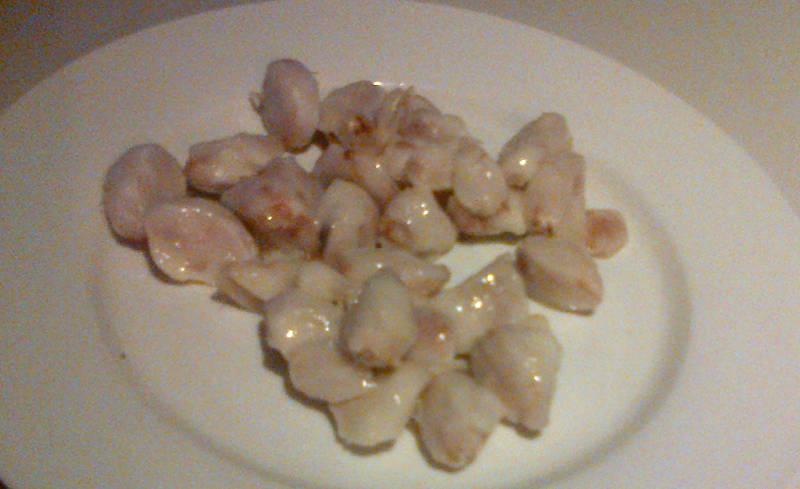
Pictured above are the raw seeds covered in white slimy gel. This sweet gel may be the key to prevention of cancer and heart disease as it is consumed by the indigenous tribe that does not suffer either of these degenerative diseases. There are almost no studies on the consumption of the gel, most probably because developed countries normally only receive the processed cacao and have never had access to the fruit in its raw form.
Cacaotero Theobroma
The scientific name of the chocolate fruit is “Cacaotero Theobroma”. Its chemical composition includes a large number of vitamins, amino acids and other phyto-nutrients… over 300 compounds in all. The flavor components include polyphenols, aliphatic esters, unsaturated aromatic carbonyls, pyrazines, diketopiperazines, and theobromine.
Per 100 grams, the seed contains 456 calories, 3.6 grams of water, 12.0 grams of protein, 46.3 grams of fat, 34.7 grams of total carbohydrate, 8.6 grams of fiber, 106 mg of calcium, 537 mg phosphorus, 3.6 mg iron, 30 mg beta-carotene, 0.17 mg of thiamine (Vitamin B1), 0.14 mg riboflavin (Vitamin B2), 1.7 mg niacin (Vitamin B3), and 3 mg ascorbic acid (Vitamin C).
Wealth of India reported that the edible pulp of the fruit contains 79.7–88.5% water, 0.5–0.7% albuminoids, astringents, etc.; 8.3–13.1% glucose, 0.4–0.9% sucrose, a trace of starch, 0.2–0.4% non-volatile acids (as tartaric), 0.03% Fe2O3 and 0.4% mineral salts (K, Na, Ca, Mg).
Raw seeds contain 0.24 mg/100 g thiamine, 0.41 riboflavin, 0.09 pyridoxine, 2.1 nicotinamide, and 1.35 pantothenic acid.
Cocoa also contains about 18% proteins, fats (cocoa butter), amines and alkaloids including theobromine (0.5 to 2.7%), caffeine (ca 0.25% in cocoa; 0.7 to 1.70 in fat-free beans, with forasteros containing less than 0.1% and criollos containing 1.43 to 1.70%), tyramine, dopamine, salsolinol, trigonelline, nicotinic acid, and free amino acids; tannins; phospholipids; and more.
The seeds, leaves and roots contain alkaloids theobromine and caffeine which has diuretic and vasodilator. Antitumor activity was found in the root and bark. The seeds contain fat (cocoa butter) are used in pharmacy as an emollient and for making ointments and creams. It is helpful in treating dry skin, burns, dandruff, dysentery, measles, and even snakebites, according to folk healers. Overall, cocoa is slightly tonic and stimulant, although in large doses or in sensitive individuals, can cause insomnia and tachycardia. (5)
Cacao and Caffeine
To compare the amount of caffeine in a 6 oz cup of various beverages, I rely on information from Tyler and Palotti (6,7).
- Expresso coffee: 310 mg
- Boiled coffee: 100 mg
- Instant coffee: 65mg
- Hierba mate: 25–50 mg
- Tea: 10–50 mg
- Cola: 25 mg
- Coca cola: 20 mg
- Cocoa (cacao): 13 mg
- Pepsi cola: 10 mg
References
- Chocolate Consumption, Cognitive Function, and Nobel Laureates, Franz H. Messerli, The New England Journal of Medicine, October 18, 2012.
- Cancer Research UK, survey of 2000 people
- The Chicago Sun Times
- Wealth of India
- Maria Candelaria, 102-year-old herbalist
- Tyler 1982
- Palotti 1977





